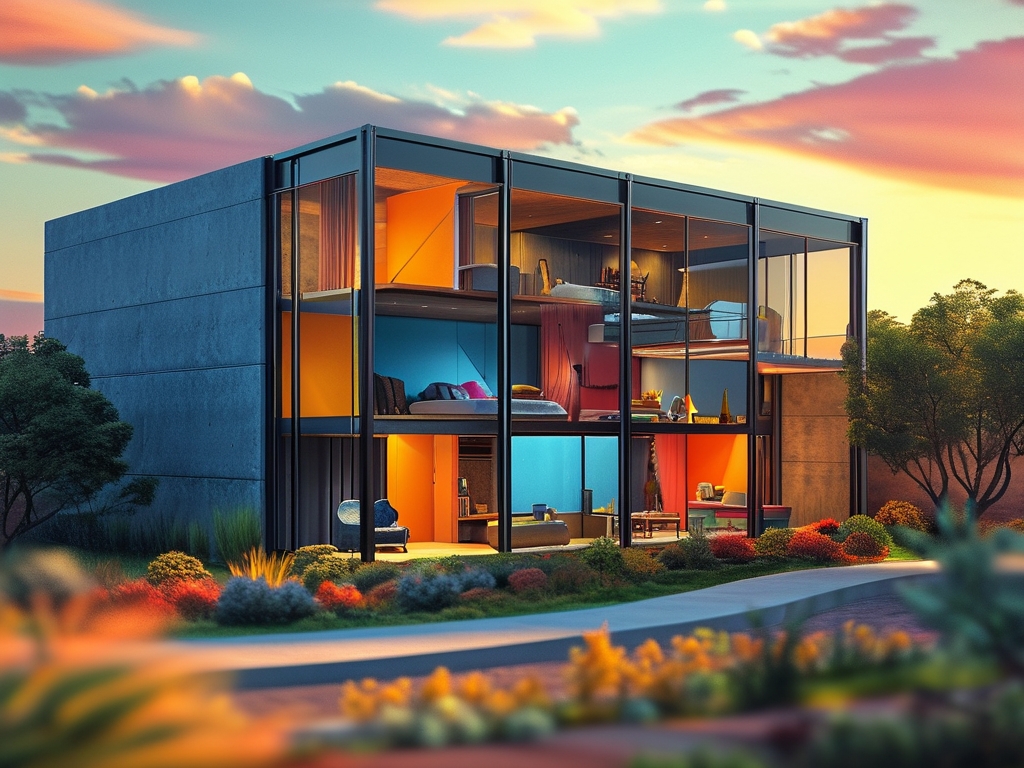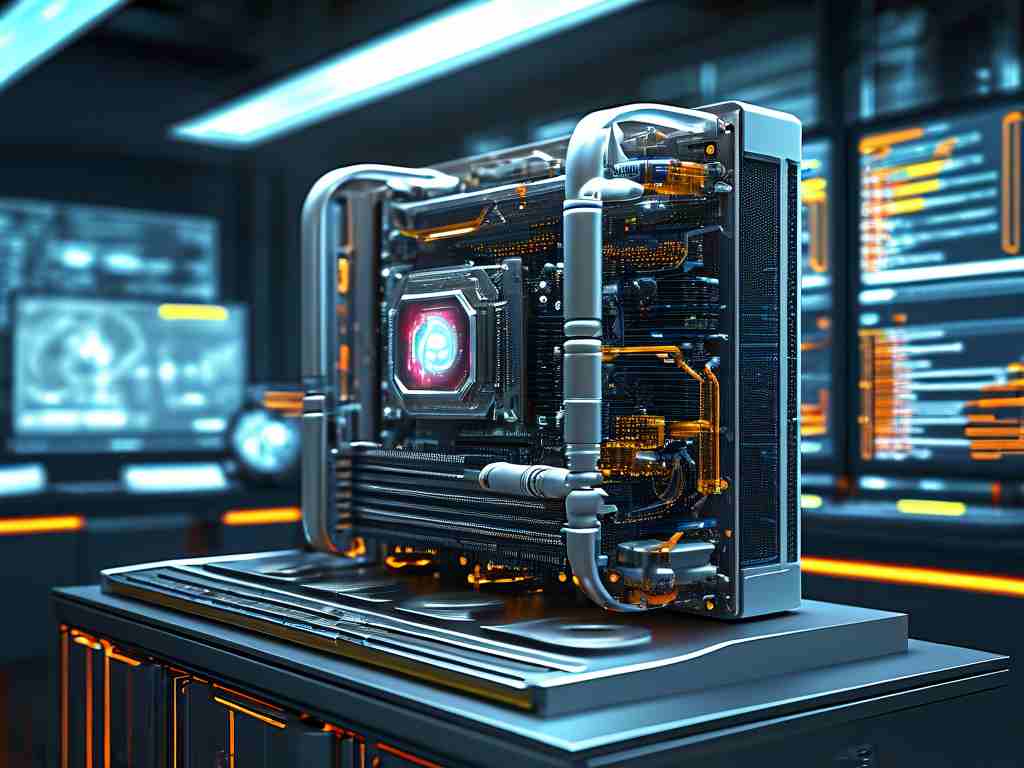Graphics memory, often referred to as Video RAM (VRAM), plays a critical role in rendering images, videos, and 3D models on modern computing devices. Whether you're a gamer, a graphic designer, or a machine learning engineer, understanding how graphics memory is calculated helps optimize performance and avoid bottlenecks. This article explores the technical principles behind VRAM allocation, factors influencing its usage, and practical methods to estimate memory requirements.

1. What Is Graphics Memory?
Graphics memory is a specialized type of RAM designed to store data required for rendering visual content. Unlike system RAM, VRAM is optimized for high-speed access by a GPU (Graphics Processing Unit). It holds textures, shaders, frame buffers, and other assets needed to display images on a screen. The amount of VRAM available directly impacts the resolution, detail, and smoothness of visuals in applications like gaming, video editing, and 3D modeling.
2. Key Components of VRAM Calculation
To calculate graphics memory usage, we must account for several components:
A. Frame Buffer
The frame buffer stores the pixel data for every frame displayed on the screen. Its size depends on the resolution and color depth. For example:
- A 1920x1080 resolution with 32-bit color depth (4 bytes per pixel) requires:
( 1920 \times 1080 \times 4 = 8,294,400 ) bytes ≈ 8.3 MB per frame. - At 60 frames per second (FPS), this becomes ( 8.3 \times 60 = 498 ) MB per second.
B. Textures and Assets
High-resolution textures consume significant VRAM. A 4K texture (4096x4096 pixels) with RGBA channels (16 bytes per pixel) requires:
( 4096 \times 4096 \times 16 = 268,435,456 ) bytes ≈ 268 MB per texture.
Modern games often use hundreds of textures, leading to multi-gigabyte VRAM demands.
C. Geometry and Shaders
3D models, vertex data, and shader programs also occupy memory. Complex scenes with millions of polygons or advanced lighting effects increase VRAM usage.
D. Anti-Aliasing and Post-Processing
Techniques like MSAA (Multisample Anti-Aliasing) or ray tracing require additional memory to store intermediate rendering data.
3. Factors Influencing VRAM Requirements
Resolution and Display Scaling
Higher resolutions (e.g., 4K vs. 1080p) exponentially increase frame buffer and texture demands. For instance, 4K gaming often requires 2–3x more VRAM than 1080p.
Game or Application Settings
Ultra-quality presets enable high-resolution textures, detailed shadows, and advanced effects, all of which strain VRAM. Reducing these settings can free up memory.
Multi-Monitor and VR Applications
Running multiple displays or virtual reality headsets multiplies VRAM usage due to increased rendering workloads.
GPU Architecture
Modern GPUs use compression algorithms (e.g., NVIDIA’s Delta Color Compression) to reduce effective VRAM usage. However, this varies by hardware generation.
4. How to Estimate VRAM Needs
Step 1: Identify Core Requirements
- Resolution: Determine your target resolution (e.g., 1440p, 4K).
- Texture Quality: Check if the application uses 2K, 4K, or 8K textures.
- Rendering Techniques: Note anti-aliasing, ray tracing, or tessellation settings.
Step 2: Use Formula-Based Estimates
A simplified formula for gaming VRAM usage is:
[
\text{VRAM} = (\text{Frame Buffer} \times \text{FPS}) + (\text{Texture Size} \times \text{Number of Textures}) + \text{Overhead}
]
For example, a 4K game with ultra textures might require:
- Frame Buffer: 33 MB/frame × 60 FPS = 2 GB
- Textures: 268 MB/texture × 50 textures = 13.4 GB
- Overhead (shaders, geometry): ~1 GB
Total ≈ 16.4 GB
Step 3: Benchmark Real-World Usage
Tools like GPU-Z, MSI Afterburner, or built-in game diagnostics can monitor real-time VRAM consumption. For instance, Cyberpunk 2077 at 4K ultra settings uses over 12 GB of VRAM on an RTX 4080.
5. Managing Limited VRAM
- Lower Texture Quality: Reducing texture resolution saves memory.
- Disable Memory-Intensive Effects: Turn off anti-aliasing or shadows.
- Close Background Apps: Web browsers and streaming software often share GPU resources.
- Upgrade Hardware: If consistently hitting VRAM limits, consider a GPU with more memory (e.g., 16 GB+ for 4K gaming).
6. The Future of Graphics Memory
As displays move toward 8K and applications adopt AI-driven rendering, VRAM requirements will continue growing. Technologies like NVIDIA’s Blackwell architecture and AMD’s Infinity Cache aim to improve memory efficiency, but users must still balance quality and hardware capabilities.
Calculating graphics memory involves analyzing resolution, textures, rendering techniques, and hardware-specific optimizations. By understanding these factors, users can make informed decisions when configuring settings or upgrading GPUs. As visual fidelity advances, staying aware of VRAM demands ensures smooth performance across gaming, creative workflows, and emerging technologies like the metaverse.


